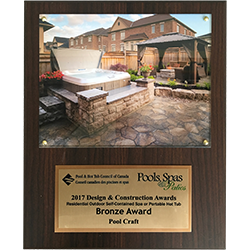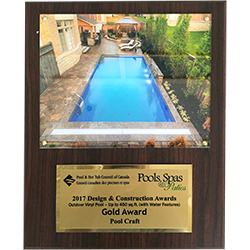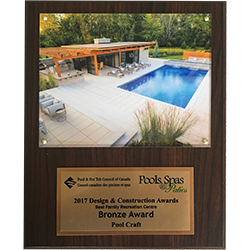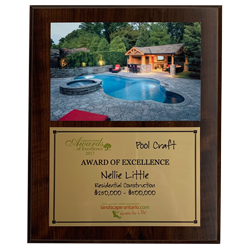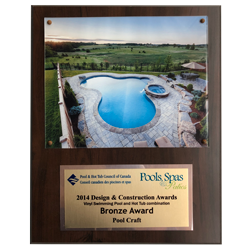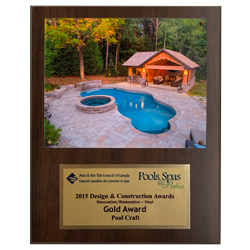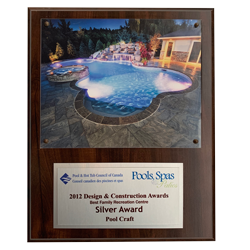It’s that time of year again! The cold wind is starting to blow, the temperature is dropping and it won’t be long until the arrival of snow and ice. Though you may not like to hear the “W” word after a long summer of fun in your swimming pool, winter is definitely on its way.
If you want to make sure that your backyard swimming pool will be kept in the best condition possible so that it is ready for you next summer season, you’re going to need to winterize it properly.
Cutting corners on this step could cost you big, as there are many ways a pool could get damaged over the harsh winter months. Read on for some valuable information about how to properly close your backyard pool:
- The first step to take is to ensure that your water chemistry is balanced. Measure the pH, Total Alkalinity and Calcium Hardness. If any of these are out of control, it could cause problems with staining or etching while the pool water sits and waits throughout the winter.
- Next, purchase a winterizing chemical kit and use it in the water. Make sure to follow the instructions provided. This will help keep the water under control and clear when you open the pool after the winter.
- One of the most common forms of damage to a pool during the winter comes from when water freezes and expands. You should lower the level of the pool to below the mouth of the skimmer to prevent this from being damaged by ice.
- Continue to clear out the system by blowing the water out of the plumbing lines. This can be done with a shop vacuum. Make sure that you plug these lines back up after this is done so that water does not simply flood back into the system.
- Cover the pool with a winter pool cover. These should be stable, durable and will keep debris out of the water. There are a variety of makes and models of pool covers; you may want to consider purchasing a safety cover that ensures nobody will accidentally fall in or through.
- The last step is to drain the water out of your filter equipment. Open the air valve and then pull the plug at the bottom of the filter. Remember to briefly turn on the pump afterwards to get the remaining water out of the system, but do this only for a second or two so that you don’t damage the equipment.
- Make sure there are no chemicals left in the feeder.
- Take all plugs and other sensitive equipment inside when they cannot get damaged. Make sure to label them and keep them in a place where they can easily be found in the spring.
That’s it! You’re ready for the transition from swimming in your pool to skating on the pond.
If you’re dealing with the post-summer, no-pool blues, remember that your work to winterize the pool will mean that it will be in top condition when the sun comes out of its long hibernation.
If you have any questions or concerns about how to properly winterize your pool, or if you simply want to have the experts do the job for you, don’t hesitate in contacting Pool Craft. We are based in Richmond Hill, but serve the entire Greater Toronto Area.






